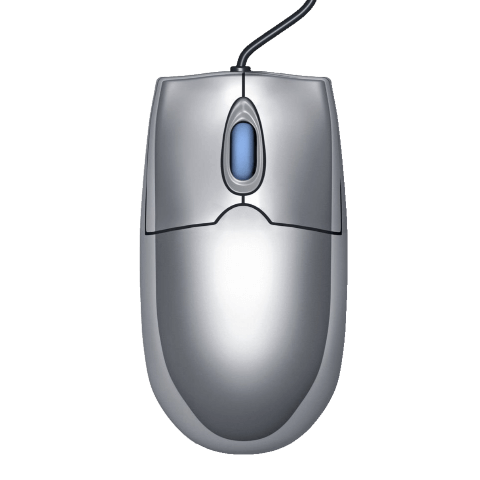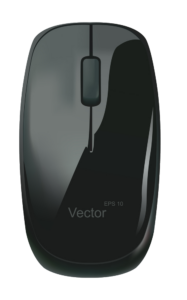
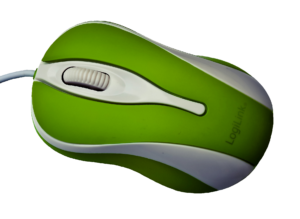
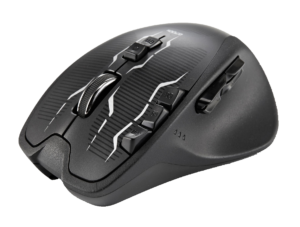
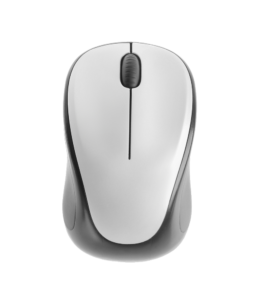
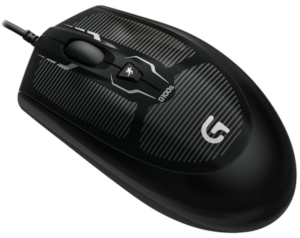
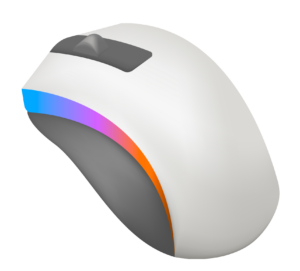
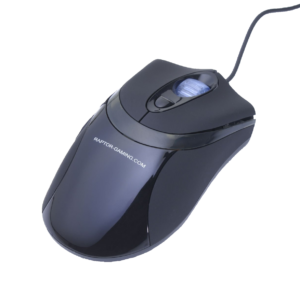
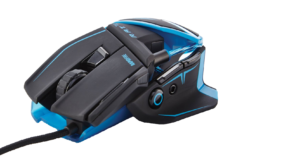
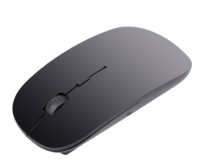
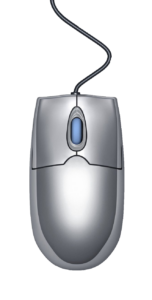
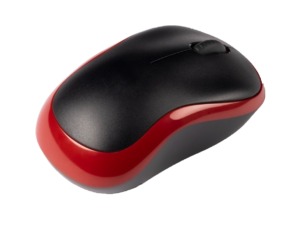
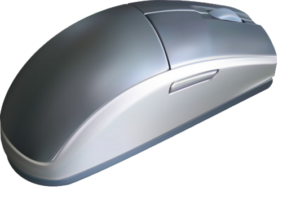
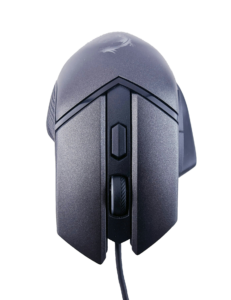

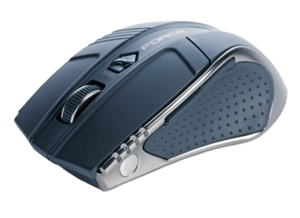
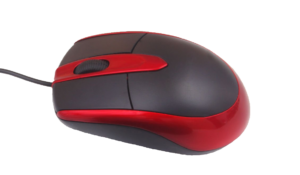
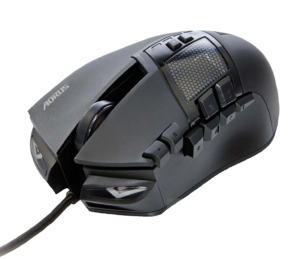
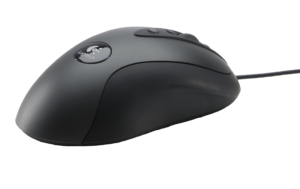
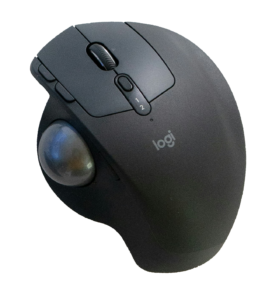
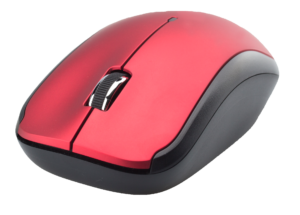
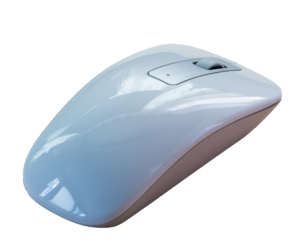
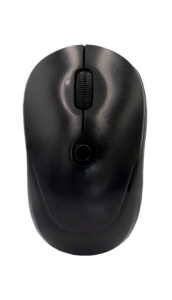
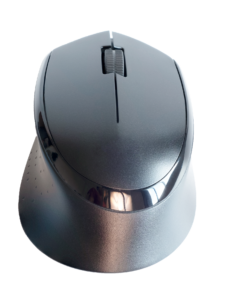
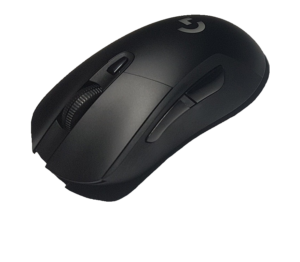
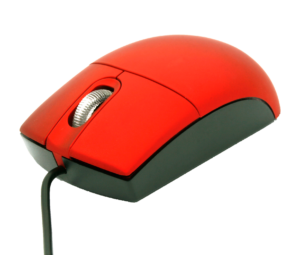
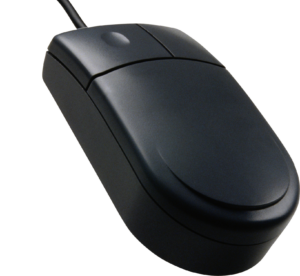
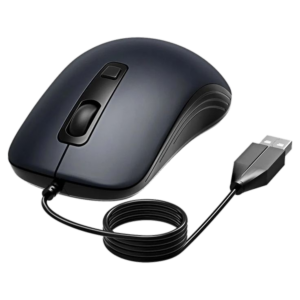
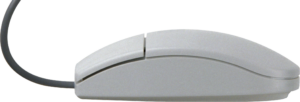
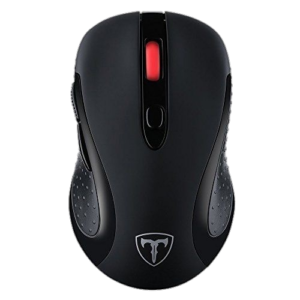
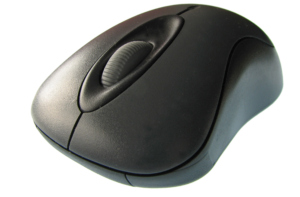
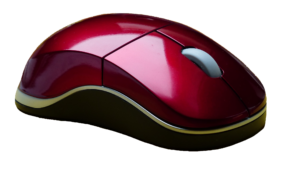
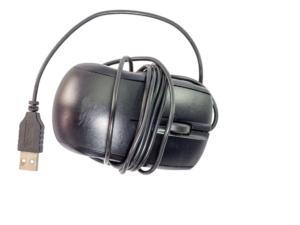

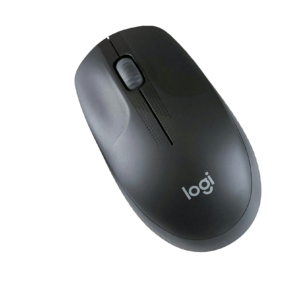

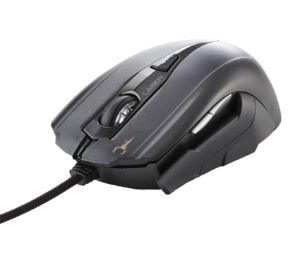
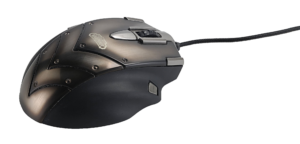
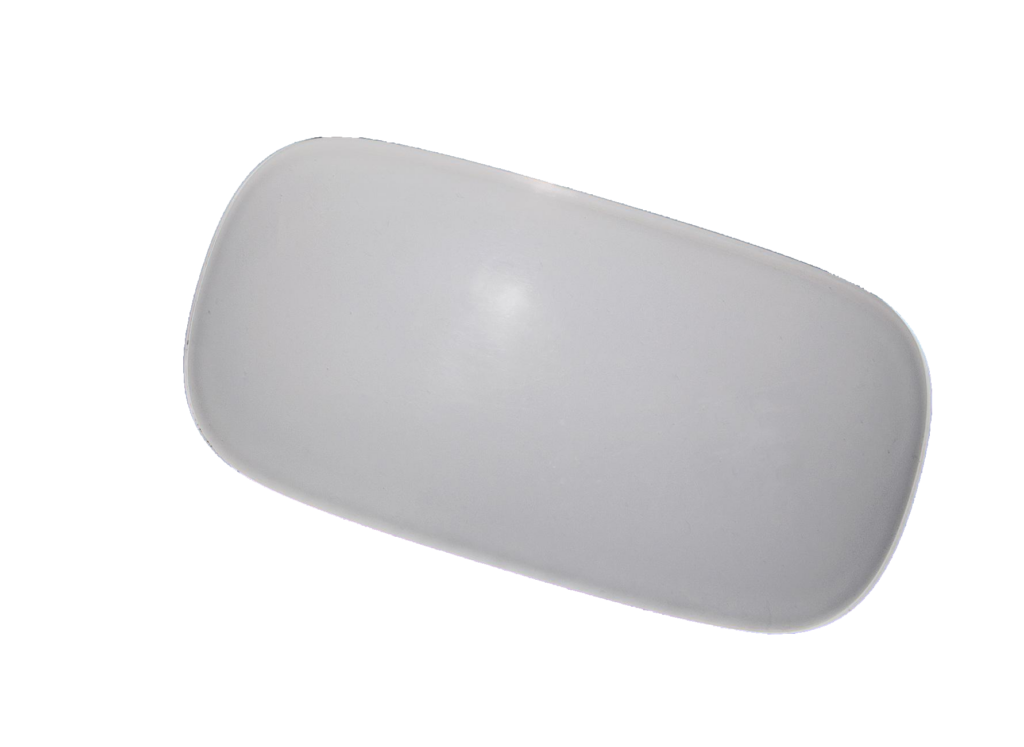
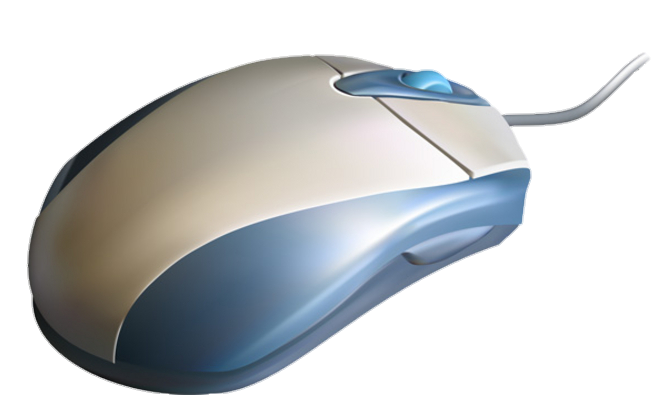

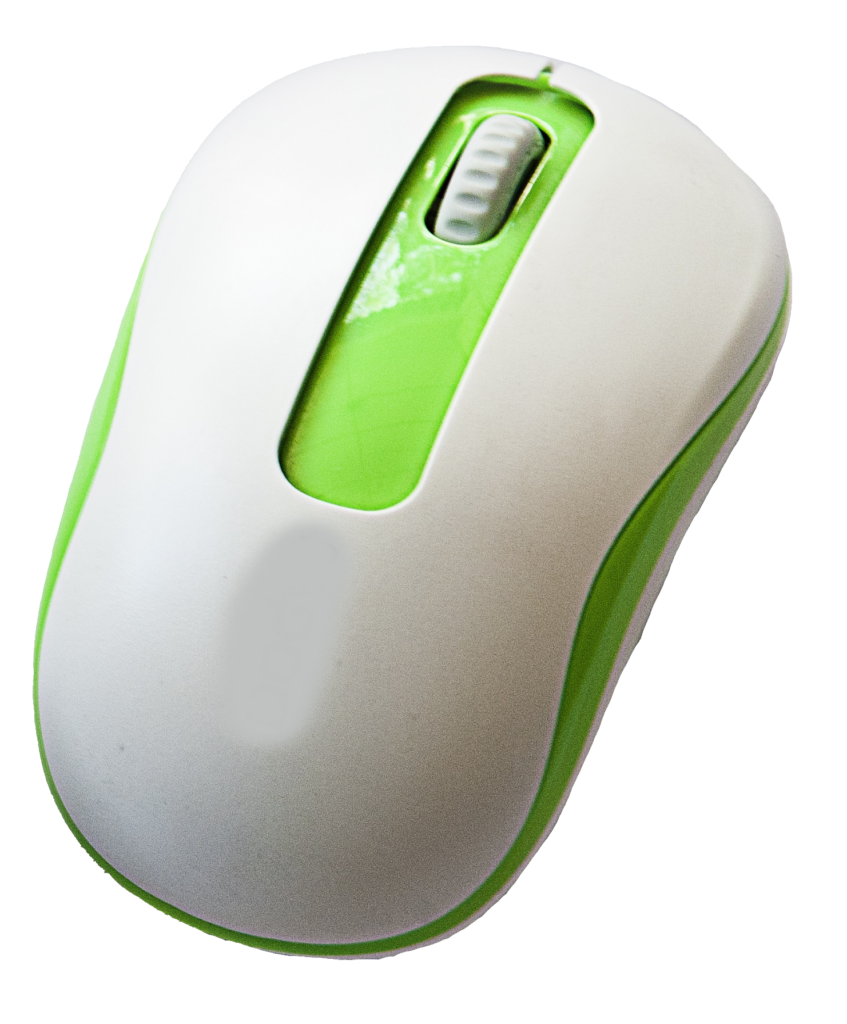
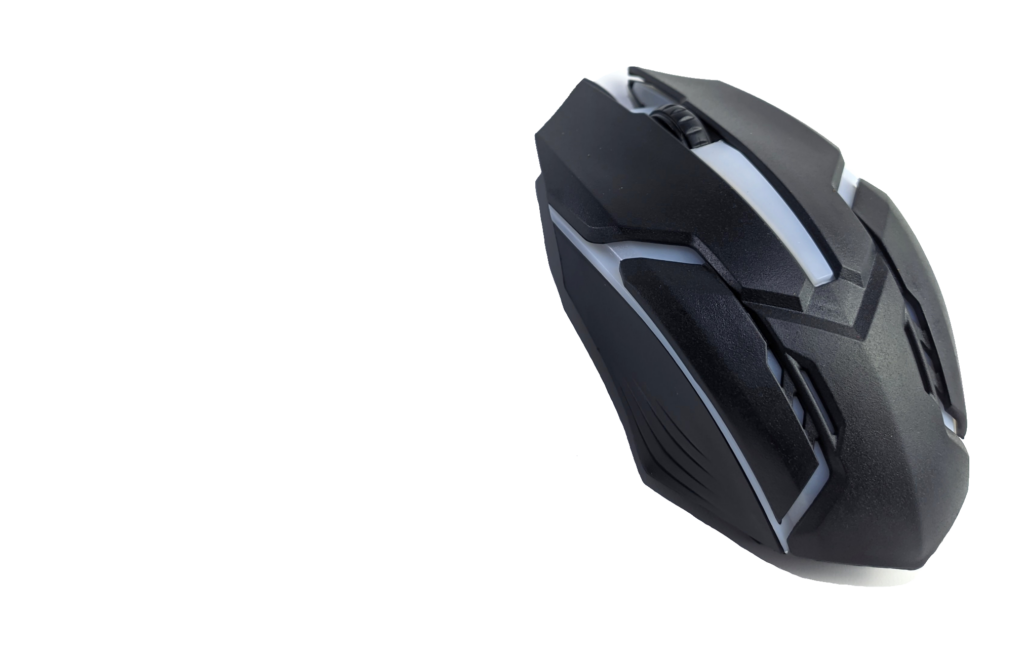

The computer mouse, a ubiquitous peripheral device, has played a pivotal role in shaping the way we interact with computers. Developed by Douglas Engelbart in the 1960s, the mouse has undergone significant evolution, transforming from a simple pointing device to a sophisticated tool that enhances user experience.
The mouse’s inception can be traced back to Engelbart’s vision of augmenting human intelligence through technology. In 1964, he and his team at the Stanford Research Institute developed the prototype, a wooden device with two perpendicular wheels. Over the years, various improvements were made, leading to Xerox’s introduction of the first commercially successful mouse in 1981. Since then, the mouse has become an indispensable part of personal computing.
A typical computer mouse consists of a palm-sized device with two buttons, a scroll wheel, and a tracking mechanism. The ergonomic design is aimed at providing comfort during prolonged usage. The buttons serve different functions, with the right and left buttons acting as primary controls and the scroll wheel facilitating navigation. The tracking mechanism, typically optical or laser-based, tracks the movement of the mouse on a surface, translating it into on-screen cursor movements.
As technology advanced, so did the features of the computer mouse. Early mice used a ball for tracking, but the advent of optical and laser sensors eliminated the need for a physical ball, enhancing accuracy and reliability. Wireless connectivity became mainstream, liberating users from the constraints of cables. Programmable buttons, customizable DPI (dots per inch) settings, and additional functionalities like touch-sensitive surfaces further expanded the mouse’s capabilities.
The computer mouse has had a profound impact on the way we interact with computers. Its intuitive nature simplified tasks such as selecting, dragging, and dropping, making computing accessible to a broader audience. Graphic designers, gamers, and professionals in various fields have benefited from the precision and versatility offered by advanced mice. The ergonomic designs have also reduced the risk of repetitive strain injuries associated with prolonged computer use.
While the computer mouse has evolved significantly, it faces challenges from touchscreens, gesture controls, and voice recognition systems. However, the mouse remains a staple for many users due to its precision and familiarity. Future trends may see the integration of advanced sensors, haptic feedback, and AI-driven enhancements, further enhancing user experience.
